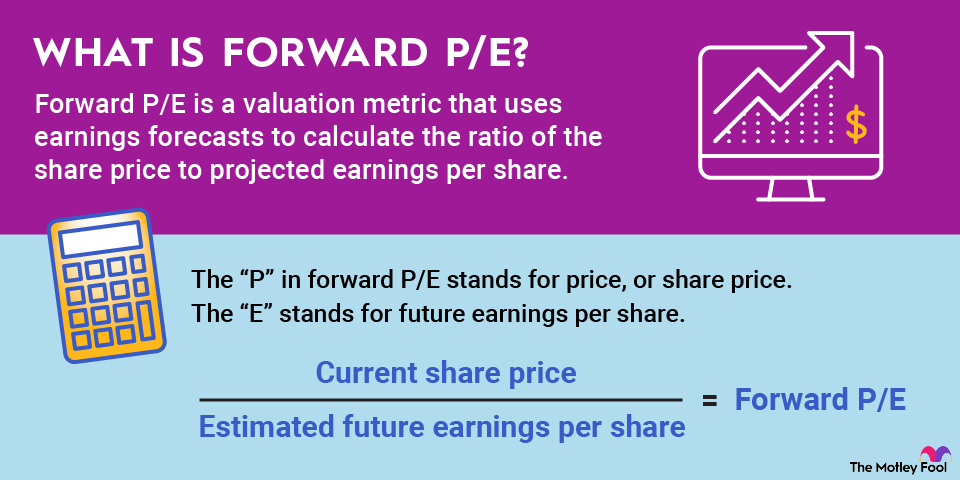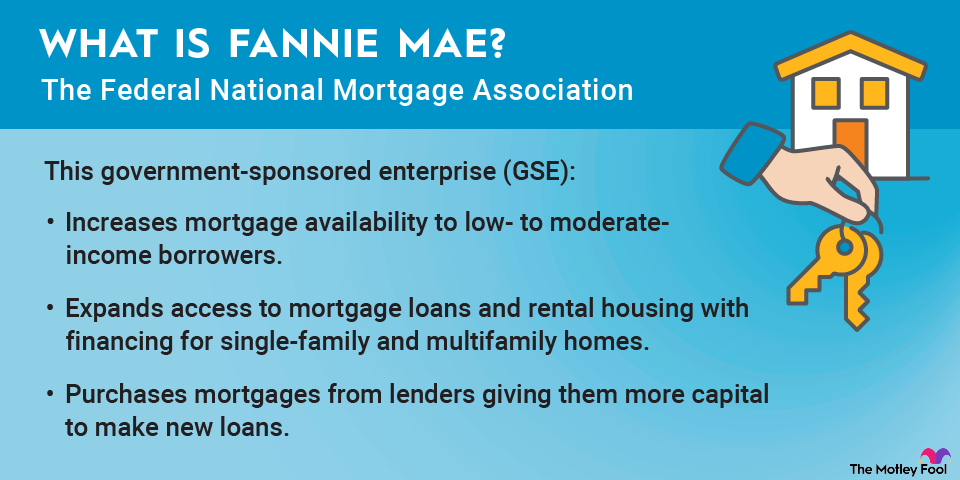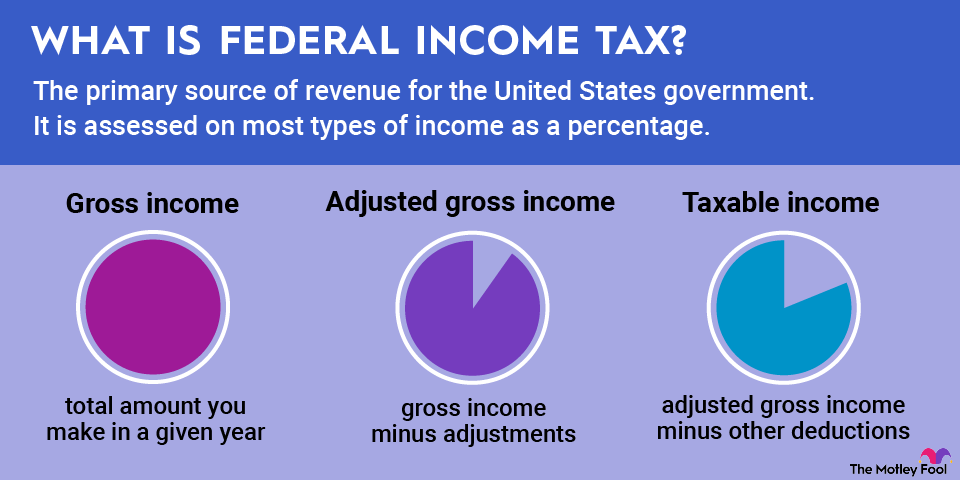The transition to a low-carbon economy is likely to take years, if not decades. Hoping to mitigate the worst effects of climate change, the Biden administration pushed through legislation in 2022 that provided billions of tax dollars to boost renewable energy and efficiency. While much of the money was geared toward utilities and large businesses, individuals can also carve out their own slice of the spending pie with investments in clean energy that can make a serious dent in tax bills. Read on to learn more about some of the options that may be available to you.

What are the federal energy tax credits?
The Inflation Reduction Act of 2022 opened the floodgates for more than $780 billion to be spent fighting climate change. The legislation signed by President Joe Biden earmarked tax dollars for issues ranging from corporate subsidies for carbon capture and storage to individual incentives to purchase electric vehicles.
Although the law also included provisions aimed at lowering prescription drug prices and reducing the federal deficit, it was -- by far -- the largest piece of legislation to target the increased effects of climate change. By one estimate, it would remove one gigaton of carbon dioxide (CO2) emissions from the atmosphere by 2030, about the equivalent of all annual emissions by France and Germany.
Tax Credit
While expanding the market for climate-focused investors in fuels ranging from hydrogen to high-assay, low-enriched uranium (HALEU), tax credits were also created for homeowners, renters, and even car drivers.
Keep in mind that you receive tax credits, not tax deductions. If you spend $30,000 on a solar system and receive a 30% tax credit, you wouldn't take $10,000 from your taxable income; you'd take $10,000 from your tax bill.
Here's a quick summary of how you might benefit from those credits:
Home electricity generation
Residential solar installations have boomed, and tax credits are a good reason for it. The Solar Energy Industries Association estimates that 97% of all U.S. solar installations are for residential customers. Solar accounted for more than half of new electricity generation capacity in 2023; by 2050, the trade organization believes it will be the largest source of generation in the U.S. Already, 7% of U.S. homes have some degree of solar generation capacity; the figure is expected to double by 2030.
Primary homeowners can receive a tax credit to cover 30% of the costs of installing solar power, including systems that add batteries to the mix; residential battery installations jumped in the first quarter of 2024, up 48% from the first quarter of 2023.
Typical costs for a residential solar system range between $27,000 and $32,000 -- enough for a substantial tax credit. It's also worth noting that the tax credit can be applied to other forms of renewables, such as geothermal, wind, and fuel cell technologies (although they're much less common than residential solar power).
You'll need to fill out IRS Form 5695 to claim the credit when you file taxes.
Energy efficiency
As one of the potential unsung heroes of the transition to a low-carbon economy, energy efficiency has been addressed in the tax code, as well. The U.S. Department of Energy estimates that households waste between 10% and 20% of annual energy costs because of inefficient consumption.
Poor insulation is a major culprit when it comes to wasting energy, and the federal government offers a 30% efficiency tax credit, up to a maximum of $1,200, for primary home improvements that include weather stripping, spray foam, caulk designed to air seal, or house wrap. The credit also can be used annually, with no lifetime limit.
Heating and cooling
As part of the energy efficiency program, homeowners can claim tax credits for purchasing and installing heat pumps, biomass stoves, or boilers. Like the energy efficiency credit, taxpayers can shave 30% from the costs of installation up to a maximum of $2,000. It's worth noting that the Inflation Reduction Act also authorized rebates of as much as $8,000 for heat pumps for low-income households and $4,000 for households with moderate incomes.
Heat pumps work by pulling warm air from outside to inside during the winter; they cool by pulling warm air from inside and pushing it outside during the summer. Global Market Insights estimates that the U.S. residential heat pump market was worth about $5.8 billion in 2023 and is likely to more than double to $13.4 billion by 2032. They're considered to be a far more efficient method of heating and cooling than older HVAC systems.
Electric vehicles
While the future of the EV tax credit is up in the air with the entrance of a less-supportive presidential administration, electric vehicles aren't about to disappear. Darren Woods, the chief executive officer of ExxonMobil (XOM +0.85%), predicts that all new passenger vehicles sold by 2040 will be powered entirely by electricity.
The federal tax code has certainly encouraged the growth of the EV market. People who read the fine print can receive a maximum $7,500 tax credit for their new purchase, although the rules are very specific. Cars bought after April 18, 2023, must meet critical material and battery component requirements, which you can check out at fueleconomy.gov. You'll have to meet limits for modified adjusted gross income. Again, the fine print is important here, and you can figure out your potential savings from the IRS website.
Related investing topics
Bottom line on federal energy tax credits
As you can see, there's a wide range of tax credits available to people who are interested in saving money while helping to mitigate the damage done by climate change. One large caveat is that these tax credits were created by Congress, and they can be ended by Congress.



















